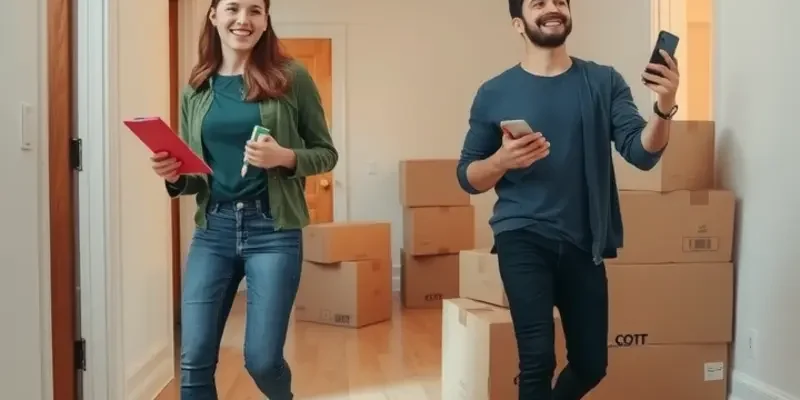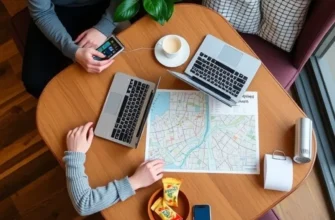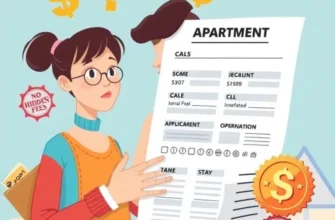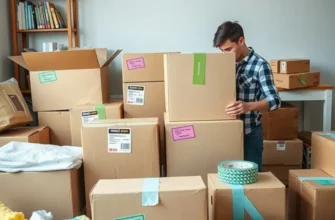Renting your first apartment can feel like navigating through a minefield lined with paperwork, nerves, and an occasional rogue cockroach. Maybe you’re excited about your new space, but let’s face it — a pristine apartment can quickly turn out to be an illusion. That’s why documenting damage before you set foot in that inviting living room is crucial. From water stains that suggest a mysterious past to scuffed floors that scream ‘I’ve had a turbulent life’, recognizing these before they become your responsibility is key. Not only will thorough documentation protect your security deposit, but it also ensures that your landlords can’t play the blame game on you when the plumbing gets creative. So grab your phone, channel your inner DIY journalist, and let’s dive into this essential guide on documenting apartment damage like a pro.
The Pre-Check Checklist: What to Look For Before Moving In
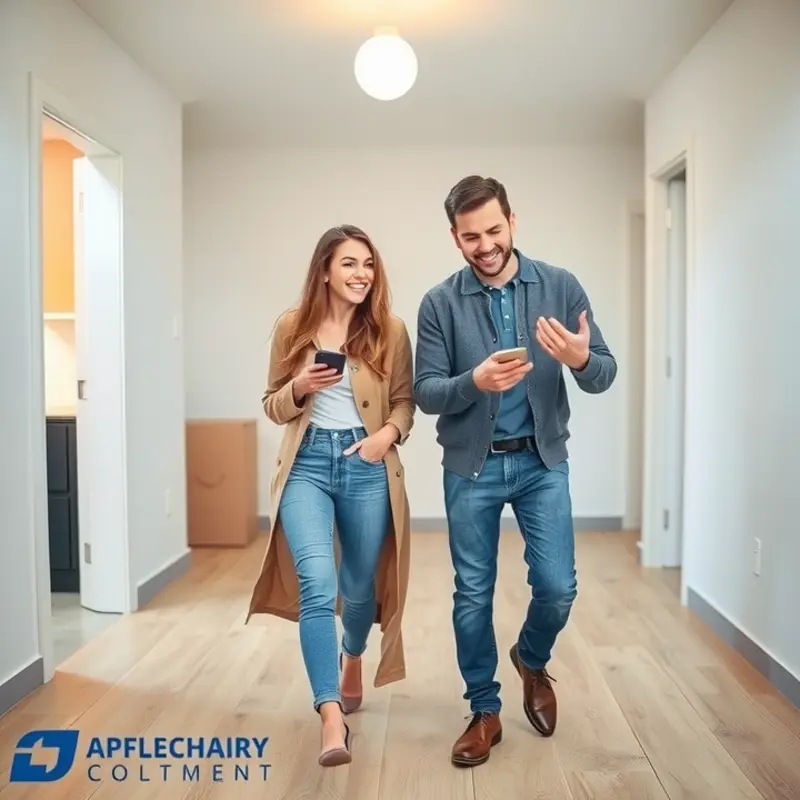
Before settling into your new apartment, it’s crucial to conduct a thorough inspection. Start with the walls. Look beyond the colors and focus on any prominent dents, scrapes, or mysterious ‘artwork.’ Document these with both notes and photos. If you observe extensive damage, ensure it’s highlighted in your inspection report.
Next, examine the flooring. Whether it’s hardwood, carpet, or tile, be on the lookout for scratches, stains, or tiles that are chipped or cracked. These could pose safety hazards or incur fees later on. Capture close-up photos, as these can illustrate the existing condition before you move in.
Don’t overlook the windows. Open and close each one to check the functionality of locks and latches. Note any cracked glass, faulty seals, or if they refuse to stay open. Each window tells its own story, so document any peculiarities that could affect your comfort or security.
Consider the doors next. Inspect each for ease of use, especially entry and exit points. Observe if the locks function smoothly and whether there are any holes or dents. Make sure to check closet and interior doors as well since their condition impacts the apartment’s overall utility.
Pay close attention to the kitchen and bathroom. These high-use areas can mask issues—search for leaky faucets, water damage under sinks, or faulty appliances. Run through a checklist: does the stove heat evenly, does the refrigerator cool properly, are exhaust fans operational? Document any discrepancies.
Shift focus to the electrical aspects; test all the light switches and outlets. Faulty wiring can be a significant safety hazard, so ensure every switch and outlet functions. Consult a detailed guide on safe DIY electrical fixes to preempt any long-term issues from overlooked faults.
In apartments with outdoor spaces, inspect these carefully. Examine patio doors and balcony railings for sturdiness, which ensures safety. If there’s an outdoor light, check its functionality as well.
Finally, scrutinize the apartment’s HVAC system—ensure vents are clean and unobstructed. Test both heating and cooling functions. Any inefficiencies should be reported immediately, as these can greatly affect your comfort and utility bills.
By meticulously inspecting and documenting each of these aspects before moving in, you not only protect yourself from unforeseen charges but also gain peace of mind. This due diligence forms the foundation for a harmonious rental experience, sparing you future contests over pre-existing damage.
Picture Perfect: The Art of Documenting Damage
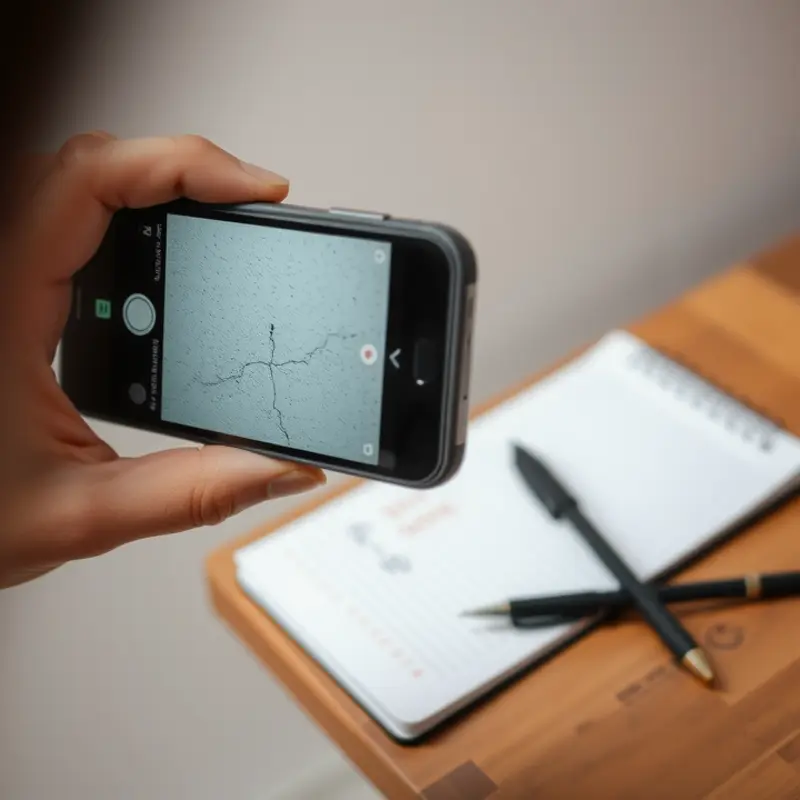
Before unpacking and getting comfortable in your apartment, it’s crucial to record any damage thoroughly. This evidence can save you from unwarranted repair costs and disputes with the landlord.
First, make sure every picture captures clarity, detail, and context. Start by adjusting the lighting. Natural light is ideal, but in dim areas like closets or under sinks, a flash can be your best friend. Snap a photo with and without flash to see which shows the clearest details.
Focusing on angles is essential. A direct shot might not reveal the depth of a scratch or the discoloration on a wall. Try various perspectives—side angles can often highlight damage better. Remember, you’re building an undeniable case, so multiple shots from different viewpoints provide a fuller picture.
Use your camera’s zoom to showcase fine details like chips in granite countertops or scuffs on wooden surfaces. Be cautious, though, as excessive zoom can blur the image.
Consider taking wide shots for context. A picture that includes the entire wall alongside specific damage like a crack offers perspective on location and scale, reinforcing your documentation.
Written notes complement photographic evidence effectively. Take notes immediately after inspections to ensure accuracy. Document the location, nature, and estimated size of the damages.
Organize your evidence systematically. Assign a number or code to each photo and match it with corresponding notes. Creating a shared folder on a cloud service with appropriately labeled images and documents makes retrieval instant and presentation professional.
In addition to photographs, record a video walkthrough of the apartment. This approach captures subtle or overlooked details and provides a timed and dated record, ensuring no discrepancies about the timeline.
Frequent areas of concern include windows, doors, corners, and appliances. Inspect the functionality, as their usage over time might reveal hidden issues. Engage with the elements by opening windows and testing any locks or hinges for possible defects.
For more insights on how lighting might affect your home in broader terms, check out this apartment lighting maintenance guide. Understanding the lighting conditions can help you further perfect your documentation strategy by tailoring it to the spaces you reside in.
Finally, ensure your method fosters trust and transparency. Share your findings with your landlord promptly after moving in. Forge relationships built on openness while protecting your interests by ensuring your landlord is aware of the documented damages. Remember, meticulous documentation not only safeguards your security deposit but also reflects your responsibility as a tenant.
Final words
Now that you’re equipped with this essential toolkit for documenting apartment damage, it’s time to make this process as painless as possible. Remember, a little patience and thoroughness during your apartment check can save you a lot of headaches and loss of security deposits later. So, take your time, keep everything well documented and you’ll not only be the responsible tenant your landlord dreams of, but you’ll also have peace of mind knowing you’ve got all your bases covered. Happy renting!

